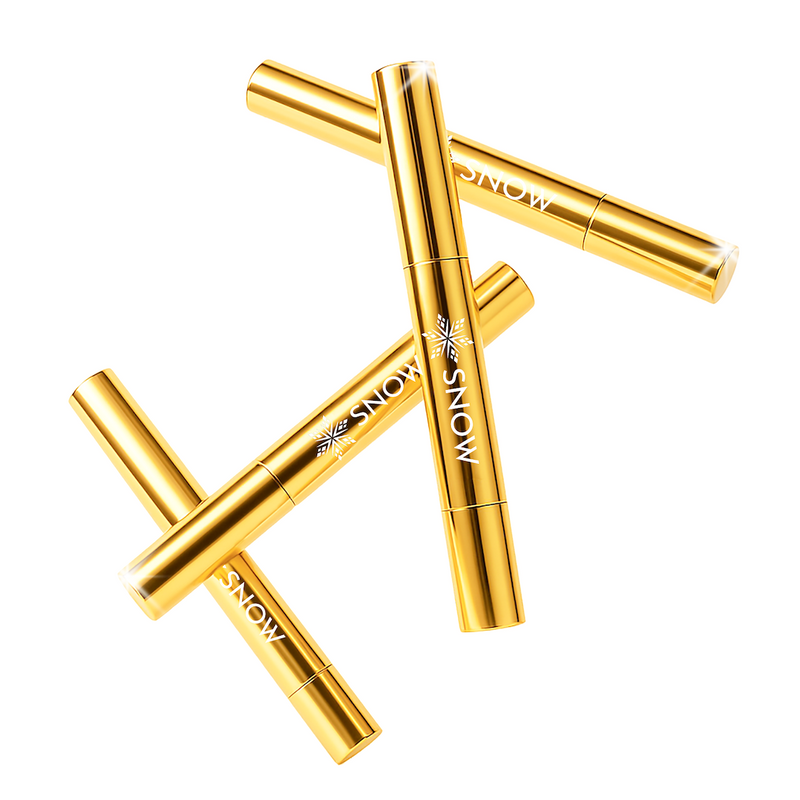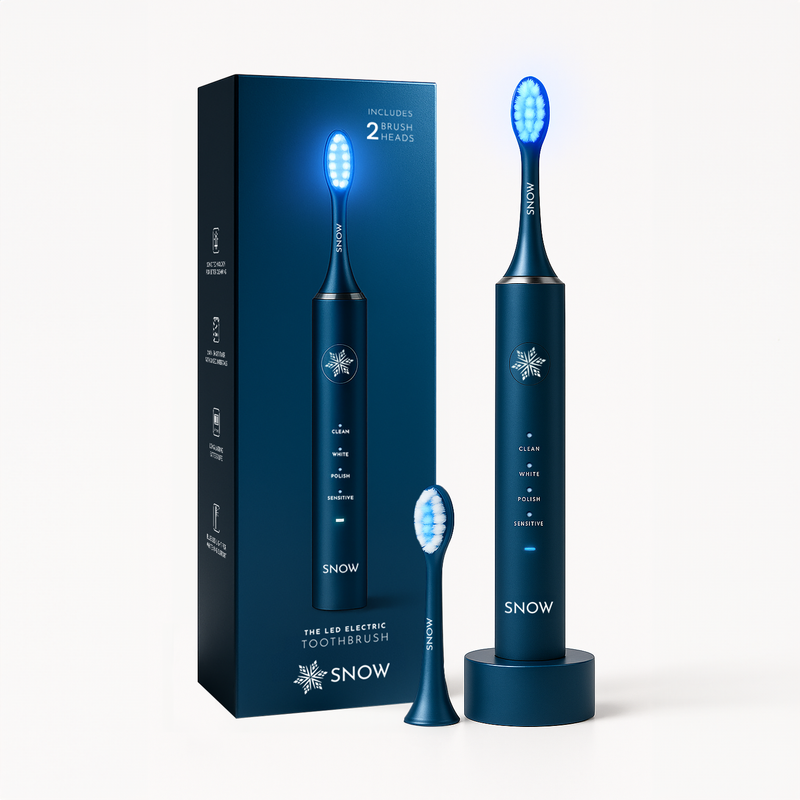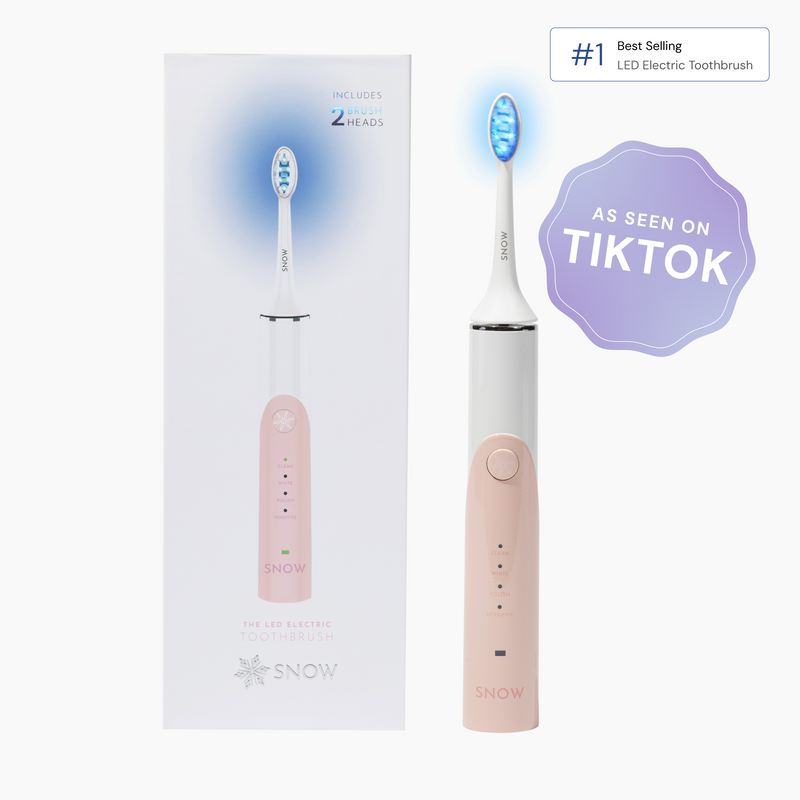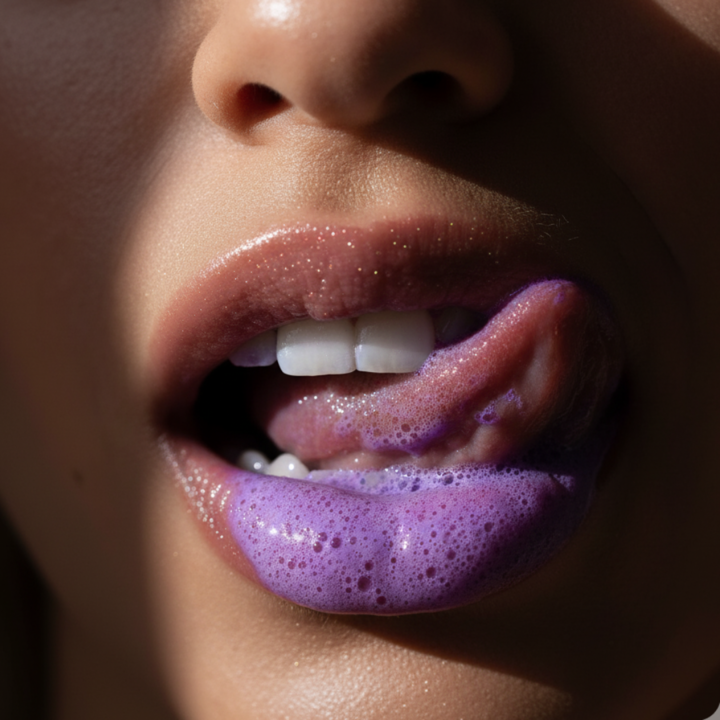Wondering, how do I know if I'm flossing correctly? Flossing is one of the most important daily habits, but it can be tricky to know if you're doing it right. Fortunately, there are clear signs.
In this article, we'll dive into how to determine if you're flossing correctly, the consequences of improper flossing, and key signs that your technique needs improvement. We'll also cover how to use string floss, special techniques for braces, and when the best time is to floss.
Lastly, we'll explore different types of floss to help you choose the best option for your needs.
Let's get started!
What this article covers:- Am I Flossing Correctly?
- The Effects of Flossing Incorrectly
- Signs You Aren't Flossing Correctly
- How to Use Floss Correctly
- The Correct Way to Floss With Braces
- When Is the Best Time to Floss?
- Types of Floss
Am I Flossing Correctly?
A clear sign that you're flossing correctly is if you aren't experiencing bleeding or discomfort during the process.
Occasional bleeding may occur if you're just starting a flossing routine or haven't flossed in a while. That said, consistent bleeding or pain suggests you're either using too much pressure or not following proper technique.
Another way to know you're flossing correctly is the length of time it takes you. A thorough flossing session should take about two minutes, depending on your skill level and the spacing of your teeth.
How long to wait to floss after eating? We recommend at least 30 minutes.
The Effects of Flossing Incorrectly
Our findings show that flossing incorrectly can lead to a range of oral health issues. One immediate result of improper flossing is gum irritation or damage. For instance, snapping the floss into your gums or flossing too aggressively can cause bleeding, pain, and even gum recession over time.
Improper technique can also leave plaque behind, which can harden into tartar and lead to cavities, gum disease, or both.
Inadequate flossing can also fail to remove debris from between teeth, where bacteria thrive. This may eventually lead to periodontal disease, which is associated with broader health issues like heart disease and diabetes.
Signs You Aren't Flossing Correctly
Several signs suggest you might not be flossing correctly. Our findings show that one of the most obvious is bleeding gums. While occasional bleeding might occur, persistent bleeding is a sign of trouble. It often points to either improper technique or gum disease.
Another key sign is pain or discomfort when flossing. Flossing should not be painful; if it is, you may be flossing too hard or using incorrect motions.
Another red flag is food or plaque still being stuck between your teeth after flossing. If you notice bits of food after flossing, this indicates that you're not thoroughly cleaning between your teeth.
For an all-natural clean that also whitens, consider SNOW Activated Charcoal Whitening Floss. It uses activated charcoal to tackle surface stains and bacteria while the peppermint finish leaves your mouth feeling refreshed.
How to Use Floss Correctly
1. Take about 18-24 inches of dental floss and wind most of it around one of your middle fingers. Leave a smaller section around the other middle finger, which will gather the used floss as you progress.
2. Hold the floss tight between your thumbs and index fingers, leaving a 1-2 inch section of floss between them. This gives you control and precision when navigating between your teeth.
3. Gently insert the floss between your teeth, using a zig-zag motion to avoid snapping it into your gums. Curve the floss into a C-shape around each tooth and slide it up and down, reaching slightly below the gumline.

4. As you move from tooth to tooth, unwind a fresh section of floss from one hand and wrap the used floss onto the other. This prevents the spread of plaque and debris around your mouth.
5. Once you've flossed between all your teeth, rinse your mouth with water to remove any loosened debris and dispose of the used floss.
The Correct Way to Floss with Braces
1. If you have braces, start by using a floss threader or orthodontic floss to get the floss under the main arch wire.
2. Once the floss is under the wire, gently guide it between two teeth. Use the same C-shape motion to clean around each tooth, taking care not to snap the floss against your gums.
3. When you're done with one tooth, carefully pull the floss out and re-thread it under the wire for the next tooth. Repeat this for all the teeth, ensuring a thorough clean around each bracket.
When Is the Best Time to Floss?
Our research indicates that the best time is at night before brushing. Flossing in the evening helps remove plaque, food particles, and bacteria that accumulate throughout the day.
By flossing before brushing, you allow the toothbrush to effectively clean away any dislodged debris. Additionally, flossing at night helps prevent bacteria from lingering overnight, reducing the risk of gum disease and tooth decay.
That said, the best time to floss ultimately depends on personal preference and routine. Whether you floss in the morning or at night, consistency is key. As long as you floss daily, you're taking an important step in maintaining oral health.
Types of Floss
There are several types of floss available, each with its own advantages.

Traditional String Floss
This is the most common type of floss, available in waxed, unwaxed, and flavored varieties. It's highly effective at removing plaque and debris when used with the correct technique.
Waxed floss tends to glide between teeth more easily, while unwaxed floss can fit into tighter spaces.
Water Flossers
Wondering how to make flossing easier? Water flossers are your answer. They use a stream of water to clean between teeth and below the gumline.
These devices are a great option for people with braces, dental implants, or sensitive gums. Our Water Flosser offers customizable pressure settings and a long-lasting battery, making it ideal for a deep clean, even for those with dental work like braces or implants.
Floss Picks
Floss picks are convenient for on-the-go flossing and can be easier to use for those with limited dexterity. They are highly portable and suitable for the whole family.
Conclusion
If you're not experiencing consistent bleeding, and your flossing sessions are thorough and comfortable, you're likely flossing correctly.
In this article, we've covered how to know if you're flossing properly, the effects of incorrect flossing, and signs that your technique might need adjustment. We also walked you through the correct way to floss, both with and without braces, and highlighted the best times and types of floss to use.
To ensure you're getting the best oral care, consider one of SNOW's top-rated teeth whitening products, like our water flosser or charcoal teeth whitening floss,
Shop with us for the most effective solutions to make your flossing experience an enjoyable one.
If you want to learn more, why not check out these articles below:
- How Long Does Floss Last
- How to Brush and Floss Your Teeth
- How to Clean Water Flosser
- How Often Should You Water Floss
- Can a Water Flosser Remove Tartar?
- Can You Put Mouthwash in a Water Flosser?
- Can I Use Water Flosser Everyday
- Water Floss Before or After Brushing
- Before and After Water Flosser
- Water Flosser Tips
- How to Floss Back Teeth
- How to Floss a Bridge
- How to Floss for Kids
- How to Floss 1 Year Old Teeth
- How to Floss Dental Implants





































































